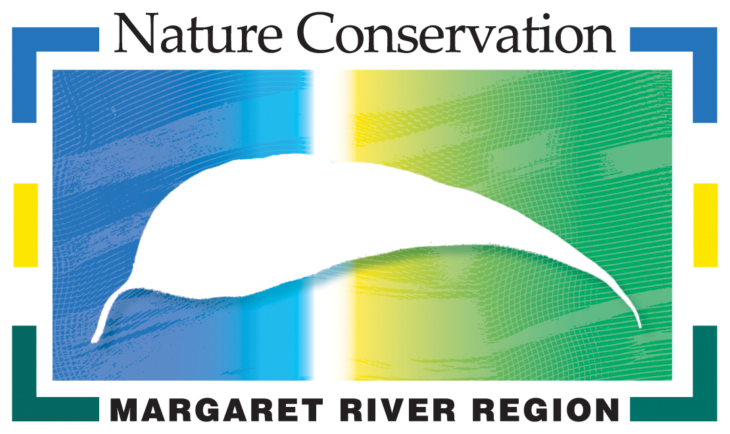Latest posts
- New CEO for Nature Conservation
- Workshops to protect wildlife
- Calling community to restore Redgate
- Arum lilies in firing line – like never before
- Forum highlights future of coast care
- Planting for Wooditjup Bilya
- Locals restore Margaret River coastline
- Sundowner highlights caring for environment
- Biggest tree planting to restore the Margaret River
- Landholders team up to tackle woody weeds
- Simon Cherriman headlines sundowner
- A privilege working with Nature Conservation
- Citizen scientists boosting nature and biodiversity
- Business sponsors get on board
- Protect Wooditjup Bilya project launches
- Staff making a huge contribution to our environment
- Impacts of four-wheel-driving on beaches
- Wooditjup Bilya cultural paddle
- Success stories at environmental sundowner
- Waatu Kaatijin makes a splash at Gnarabup
- Margaret River paddle to share river passion
- Top speakers for conservation sundowner
- Restoration continues at Nguraren Kalleep Reserve
- Spotlight on our forests and trees
- Conservation success stories on show
- Community invited to Cape Naturaliste talks
- Cracking down on feral animals at Cape Naturaliste
- Family farm joins woody weed fight
- Vollies needed to water seedlings over summer
- Caring for our coast during summer peak
